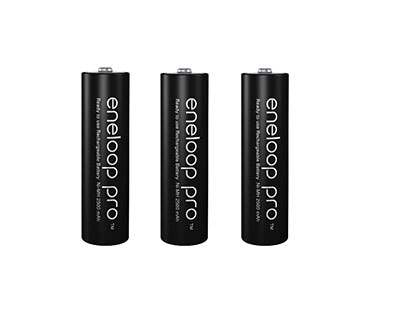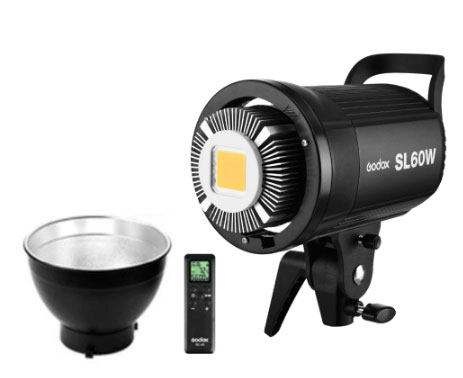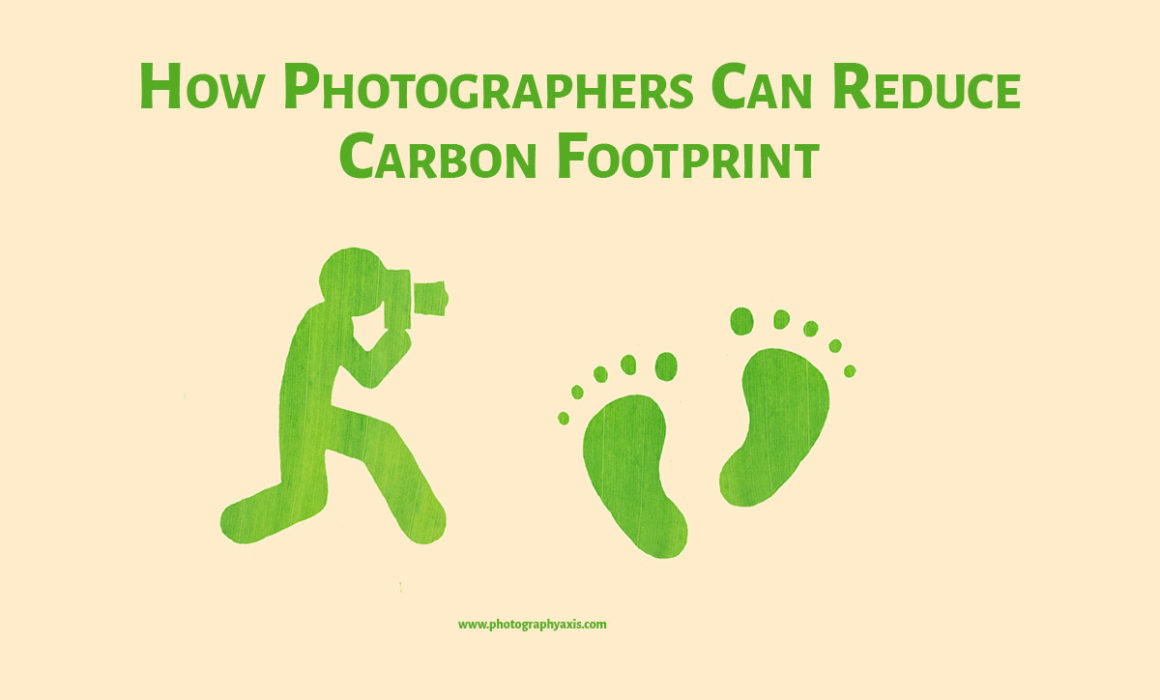How Photographers Can Reduce Carbon Footprint?
Carbon footprint is the amount of carbon dioxide and other greenhouse gas emissions due to human activities. All human beings leave a carbon footprint. Greenhouse gases cause the heating of our environment. Thus, it accelerates the global warming phenomenon, which can make the planet inhabitable for many species. In this article, we will see the various options to reduce the carbon footprint for photographers. It applies to all types of photographers. So, if you are a photographer looking to reduce carbon footprint, you will find this guide very useful.
1. Go for Rechargeable Batteries

You will be using flashlights, torches, and continuous lights. All these portable lighting equipment demands a battery as the source of power. It is always wise to invest in rechargeable batteries than on the single-use batteries.
If you use the non-rechargeable batteries, then you will have to dispose of it every time, once the charge gets depleted. Thus, you will be leaving more carbon footprint.
If you are planning to buy any camera gear, then always look for the models that support or come with rechargeable batteries option.
2. Switch to LED lights

If you are a studio photographer who makes use of artificial lights, then invest in LED lights. The main advantage of using LED bulbs is that they take very little power to get the same intensity of light. So, you can reduce the total power usage.
They have got a better life than incandescent lights. Their life is 50 times more than the incandescent one.
You can also get multi-color LED panel lights, which will help you to adjust the color temperature to get the desired white balance settings for your image. So, you don’t have to invest in color gels or any other additional lighting systems.
3. Don’t Switch Camera body and Lenses Very Often
Some photographers have the habit of buying new camera bodies and lenses now and then. Whenever a new camera gear is released in the market, it can be tempting for any photographer because of its new features.
Remember, when you buy new equipment, the packing materials and the transportation involved for the gear to reach your place. Your old camera gear may get dumped on your shelf as used equipment or will end up in the second sale.
So, make such investments only when needed.
You can even buy the used camera gear, which can do the same job.
4. Sell or Donate Used Camera Gear
If your camera gear gets old, please don’t dump it on your shelf or in the e-waste section. What is not useful to you may be very useful to someone else.
So, you can try selling the used camera gear in the seconds market. You can even donate it to other fellow photographers if you don’t feel like selling it. Many camera clubs accept donations in the form of used camera gear.
5. Go for Environment-Friendly Brands
When it comes to camera gears, there are many eco-friendly manufacturers. Try to go with these brands.
These brands will make use of recycled materials for packaging materials and even in their products. Many carbon-neutral companies manufacture various types of camera gear.
6. Stop Taking Unnecessary Prints

When you are doing photography, you can’t avoid taking photo prints. As you all know, the photo paper is made from wood. So, remember, whenever you take a print, it cost the life of a tree.
When you print unnecessarily, the photo will end up on your shelf. So, it doesn’t make any sense.
This is one of the effective ways for photographers to reduce carbon footprint. So, avoid unnecessary printing of pictures.
7. Use Recycled Photo Paper
Printing images on a recycled paper is an excellent option. But, there is a misconception that the print quality is not good if printed on a recycled paper.
The fact is, you can get different grades of recycled photo print paper. So, if you go for the higher grades, then you can get high quality photo prints. So, invest wisely.
The use of recycled photo paper is utilised my many photographers to reduce the carbon footprint.
8. Balance By buying Carbon Offsets
There is an option to balance your carbon footprint by buying carbon offsets.
There are many companies or organizations that run a carbon offsets program. You can buy carbon offsets from these organizations. They will prevent the release of greenhouse gases, which would have happened otherwise. Thus, they compensate for your greenhouse gases.
Even though this option looks good, I am not a big fan of this one. It will make you feel that you can compensate for whatever carbon footprint you have left behind.
9. For Film Photographers

Film photography is entirely dependent on the darkroom chemicals for processing. The development of silver halide films resulted in the deposition of silver ions in the water.
Silver ions are more toxic than silver in metallic form. These ions are more harmful than the mercury to the organisms in the water.
Digital photography has helped to limit this pollution to a great extent.
If you are a photographer who is still doing film photography, ensure that you follow a standard process to dispose of the darkroom chemical and film waste. Thus, you can ensure that it doesn’t harm our nature.
When you are into film photography, you will have to develop the negatives to see the final image in the photo paper. So, you will have to use more photo paper when compared to digital photography.
10. Travel in Groups rather than Alone
If you are doing travel or wildlife photography, then you can reduce the carbon footprint by traveling in groups.
If you travel in a group, say a group of 6, you can effectively bring down the carbon emission by 1/6th of when you travel alone. It will also help you to share the cost.
11. Use Public Transport
Using public transport is one of the best and efficient method to bring down your carbon footprint. Whenever you are going for a shoot, then try to use the public bus or train to reach your destination.
Thus, you can avoid the emissions from your car. You can use this option only if it is a viable one.
12. Use Digital Forms for Invoicing and Contract Forms
If you are into the photography business, you will have to deal with customer invoices, model contract forms, and many other paperwork. Try to digitize all these forms.
It will not only help you to reduce the carbon footprint but also will help to save some cost in the form of paper and ink.
13. Use Online Services to Share the Photo Deliverables
When you are sharing the final photos of the shoot to your client, then try to share it online. There are many online platforms available now which can do a hassle-free share.
Try to avoid using CDs/DVDs/ USB pen drives for sharing the pictures. Also, try not to share a bunch of printed photos that will finally end up on their shelves.
14. Do Soft Proofing Before Printing Photos
When you are taking the photo prints, then do soft proofing of the image first.
Soft proofing will give you an idea of how the final print will look with your printer settings, photo paper type, and picture quality. It will help you decide whether you need to make any corrections in the print’s soft copy before printing the final image.
Otherwise, you will end up wasting photo paper and printer ink. Thus, leaving more carbon footprints.
If you are using Lightroom for your edits, use this Lightroom soft proofing guide to avoid wastage of photo paper.
What Type of Photographers Leave More Carbon Footprint?

Wildlife, Travel, Landscape, and Conservation photographers will leave more carbon footprint when compared to the wedding and studio photographers.
Wildlife photographers travel to different countries like Kenya, Tanzania, India, Costa Rica, Iceland, and many other places for photography. The same is the case with Landscape and Travel photographers.
Conclusion
Now, you know how photographers can reduce carbon footprint.
You may be a landscape photographer or a wedding photographer or a wildlife photographer. You can apply all these techniques to reduce your carbon footprint. Thus, you can make this world a better place for all living organisms.
If you are interested in knowing your carbon footprint amount, you can google carbon footprint calculators to realize yours.

